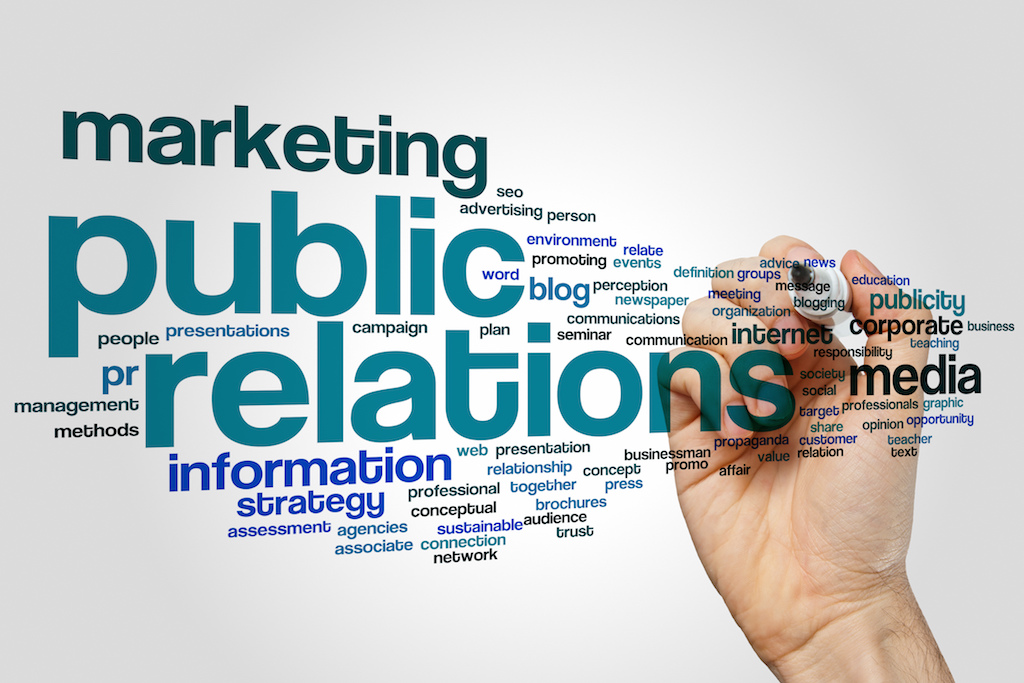
Email: [email protected]

Contact Us: 6230 Wilshire Boulevard Ste A, Los Angeles, CA 90048
Kindle Avenue Publishing 2nd Floor 2 Woodberry Grove Finchley, London N12 0DR

Public Relations (PR) has always been an important part of shaping how people think about a brand and building good relationships with the public. The PR world is changing a lot, though, because of how quickly things change in the internet world. This blog looks into how the field of public relations is changing, looking at new trends, possible problems, and exciting changes that lie ahead.
The role of media sources is changing, which is one of the most important changes in PR. Many publications are relying more on pieces from outside experts because they don’t have as many full-time employees. This is a great chance for PR professionals to get valuable media placements by giving the publication high-quality content that fits with its editorial schedule and target audience.
There are several reasons for this change. When media sources have access to more points of view and new voices, they can cover a wider range of topics in more depth. For a PR publication company in the US (or anywhere else!), this means that their customers will get more attention by having their expertise written about in reputable publications.
Along with contributed material, the rise of owned media channels has given brands more power to tell their own stories. Blogs, podcasts, and emails for businesses let you talk directly to your target audience and get them more involved with your brand. PR publication services can use these platforms to spread brand messages, show off company culture, and become thought leaders in certain fields.
HubSpot Academy is a great example of an owned media approach that works. Free marketing and sales certifications on this online platform bring in a lot of users and make HubSpot a leader in the education business.
In the past, media coverage has been used to measure how well PR worked. But it’s still hard to figure out how much PR attempts really matter. Luckily, the rise of new measures has made the picture is more complete. Traffic to a website, lead generation, social media interaction, and brand sentiment analysis are all useful ways to see how PR activities affect business results.
Aside from that, credit models help PR pros link their work directly to company objectives. Multi-touch attribution takes into account all of the contacts a customer has before they buy, while first-touch attribution only counts the first interaction, and last-touch attribution counts the last interaction before the sale.
Understanding these models and employing marketing automation technologies helps PR professionals demonstrate their ROI. Like Patagonia’s successful “Don’t Buy This Jacket” commercial. Even though it impacted sales, it made people more loyal to the company and drove sales up since people appreciated their environmental message.
In this world full of information, people want PR statements to be real. The spread of fake news and false information shows how important it is, to be honest and tell true stories. Public relations professionals can create real brand stories by focusing on stories that are about people, highlighting the values of the company, and encouraging real two-way contact with stakeholders.
Also, diversity and inclusion (D&I) are not just nice-to-haves anymore; they are essential parts of effective PR efforts. Showing that a brand cares about diversity and inclusion through meaningful projects connects with more people and builds trust. For example, Dove’s “Real Beauty” promotion praised the beauty of people of all races and body types. It was a huge success, and it made the company known as a brand that supports acceptance.
PR professionals can support D&I in their companies by pushing for inclusive hiring practices and making sure that all communication tactics include different points of view.
Web3, which uses block chain technology, decentralized networks, and non-fungible tokens (NFTs), has great potential for PR. This technology makes it easy for brands, publicists, and customers to collaborate and share information.
The PR publication services company needs to change with the times by learning about the power of Web3 and coming up with new ways to use it. Media relations, influencer marketing, and brand reputation management can all be changed by decentralized platforms that let users connect directly with brands and with consumers. Imagine if a brand could interact directly with its followers on an open platform. This would help build a loyal and interested audience.
There are lots of exciting things that could happen in the future of PR. PR workers can continue to be very important in building trust, building brands, and making businesses successful by keeping up with new trends, adapting to how the media works, and being open to new ideas. As things change, PR publication USA and other offices around the world will have to tweak their plans to stay current and help their clients stay ahead of the curve.